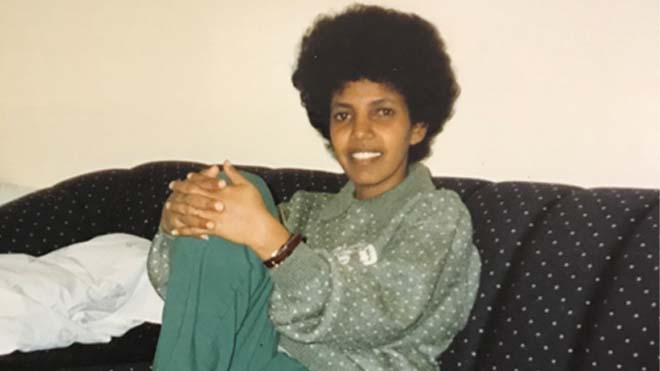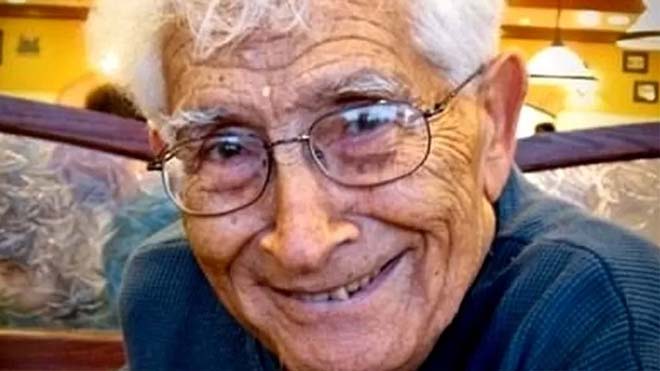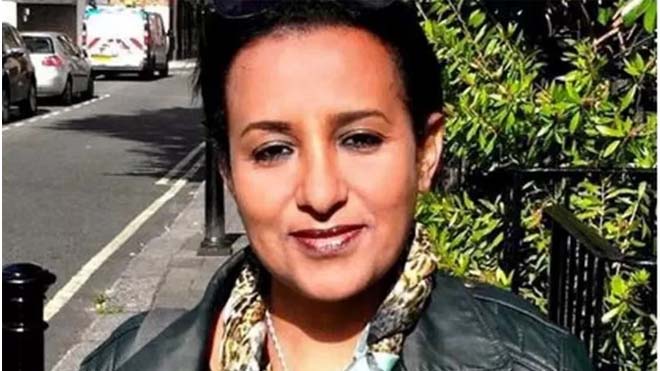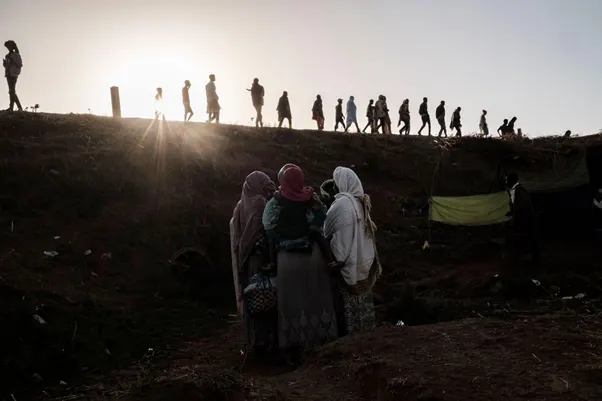Hazen
Hazen
My beloved cousin Yemane Drar passed away suddenly last weekend. Soon after the news traveled through the community, the immediate family was surrounded by hundreds of mourners who came to pay their respect and provide support.
Although I’ve been part of such gatherings practically my entire life, it never ceases to amaze me. The speed by which the news travels through the community network is faster than any electronic social media – it predates it by several hundred years and is a more effective convener. The logistics – of finding a venue, making sure there are enough chairs and food, drinks is all daunting, and yet it happens smoothly. It all falls into place like clockwork despite no advance planning – no endless strategy sessions of delegating tasks, amount of remuneration for hours and overtime pay. It just happens, almost magical I would have said if I were not observing it unfold moment by moment.
At the heart of the hazen gatherings is a deeply connected community, tied by cultural reverence for the deceased and the desire to honor the process that has been around for longer than anyone remembers. Grievances are set aside – ethnic, political, religious, personal or whatever – to make time for collective grieving. People who under ordinary circumstances would not come w/in a mile of one another’s’ presence sit together in quiet meditation at the hazen, to pay their respects to the departed and to the gathered family. This is no easy feat given the level of acrimonious tension and detestation that manifest only in our community daily.
The hazen, as the name implies (English translation closest is sad, mourn) is most of all a place of collective mourning where immediate family members are entirely embraced and surrounded – literally and figuratively – by family and friends. From the first moment of arrival after the news is heard, the family is held together while they grieve openly. The emotional outpouring of loss and regret are not encouraged to be “held in” but expressed openly as family mourn with expressions of love, sentiments of longing, at times guttural wailing mixed in with lyrical sounds. It is intense and cathartic drawing from within deep outpouring of emotions which can seem unbearable – especially to the closest family members.
This encouraged intensity of expressions seems to force going through all the” five stages” if grief at once. The accepted theory of grieving loss in the West is the five stages experienced by a person after the loss of a loved one. According to the Kübler-Ross they are: denial, anger, bargaining, depression and acceptance. The hazen ritual with community support intensifies a mix of expressions of all in a scenario of collective sharing. Passing through these experiences is not an individual process but a community outpouring of shared expressions of sympathy.
Not for a moment are the individual family members on their own. Entirely held together by love in close comfort, they are encouraged to go through the most difficult experiences in support. Occasionally, an elder steps in to indicate need for pause – either a prayer is offered, or a moment of silence while hundreds sit in quiet meditation and offering the presence and support where no words are necessary.
The ritual of the hazen also includes a lot of words and even laughter. Contradictory as it may seem, supporters intentionally engage the family in stories and even humors narrations that divert their attention for a few moments. They are not frivolous acts to kill time but manage quite well to focus attention, even for a short respite, on something other than the loss.
The sudden convening of hazen brings out the longing our community has for large presence of friends not seen except at such gatherings. It is normal to see friends and family that have been distanced by “life in America” which we all claim in just too difficult to allow for the long hours socializing. There is such appreciation for such diverse company and much to catch up on, and many relish this opportunity to catch up on news of one another – accomplishments of kids who’ve graduated, news of those who have moved to other states or back home, who is not doing well or hospitalized and where to visit. It is the network of new exchange that not only predates Facebook but does even better – bringing physical people together in a room for shared experiences beyond clicking “like”!
While the collective gathering takes place, there is constant presence of food –good home cooked meals. It is potluck – but a tradition that existed years ahead of the US and executed without any of the headache of assigning dishes and tasks ahead of time. It is truly a marvel to behold how it executed with such ease. Feeding hundreds of people for about a week, nonstop and ensuring adequate food, plates, cups and supplies is no simple thing. It takes planning but more than that, it has the good will of the people who come to the hazen, ready and able to help in any way needed.
In addition to bringing supplies, the family is supported by collection of funds where the burden of sudden expenses for funeral arrangements is augmented.
The intergenerational mix is another wonder of the hazen I have observed. At the center of the ritual are the elders and church leaders who are revered and honored upfront. They know the protocol and traditional practices from which they lead through their quiet presence. Then comes my generation, the middle-aged and GenX who are old enough to know the basics of the cultural rituals. The third tier are the GenY, the Millennials – young people who were either born in the US or came very young. They are an impressive bunch of young men and women who know ‘know their place’ in the mix. Sitting in quiet reverence for a culture they are grounded in and humbled by the presence of their elders. They comfort their peers while helping to serve food, tea, run errands and do what is needed to keep the smooth operation of the hazen.
Too many times, we lament about our “loss of culture” and the distancing we feel in being physically emotionally removed from our cultural groundings of home. The one place that seems to bring it all together is the hazen. It happens spontaneously and without planning. It is deeply disturbing news to hear of death of a loved one, and yet it is the very thing that essentially brings us all together instantaneously and without consideration of ethnic, political, religious differences. It is virtually the only sphere left where we are willing to tolerate differences and gather to grieve our loss collectively or pay respect of the depart and the ritual.
Death will always be among us, no person is exempt from such loss – and for this reason, we will always have the hazen that forces us to come together.
For this and more, I am grateful to my cousin Yemane Drar, who left us too soon and who is loved so deeply by so many. We miss him terribly but I chuckle to think how he may be watching the entire hazen with a sense of pride that it brought the family – and indeed the community – together again.
Nunu Kidane, March 25, 2014
This cultural commentary is a reflection of a loss of a loved cousin recently. No title is attributed to the author as it is written and intended from personal loss and appreciation of our community.


![[AIM] Asmarino Independent Media](/images/logo/ailogo.png)






